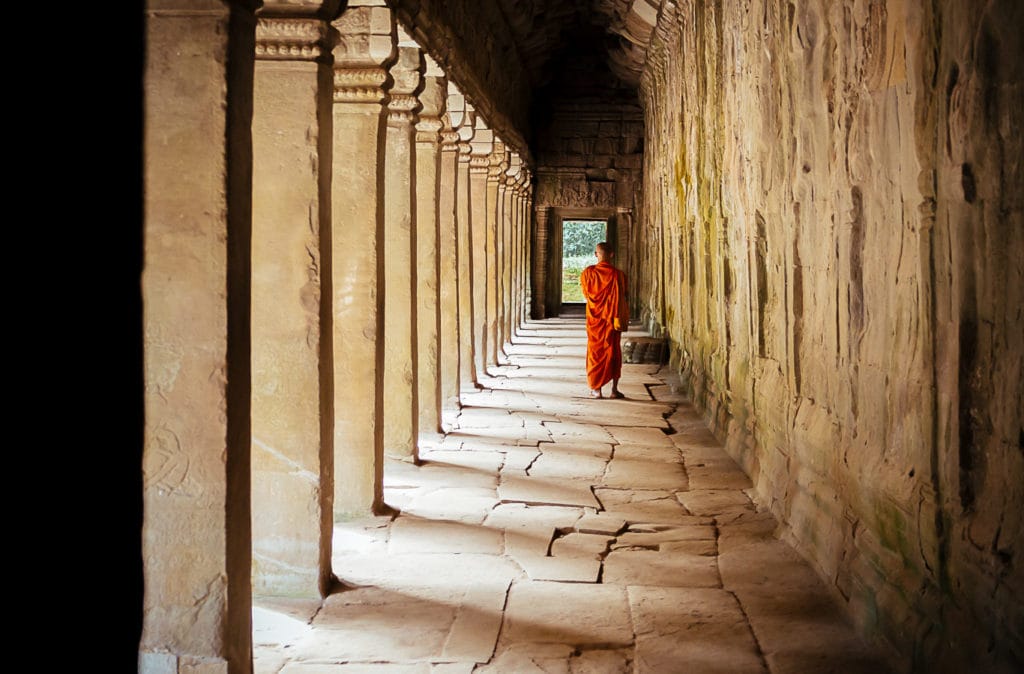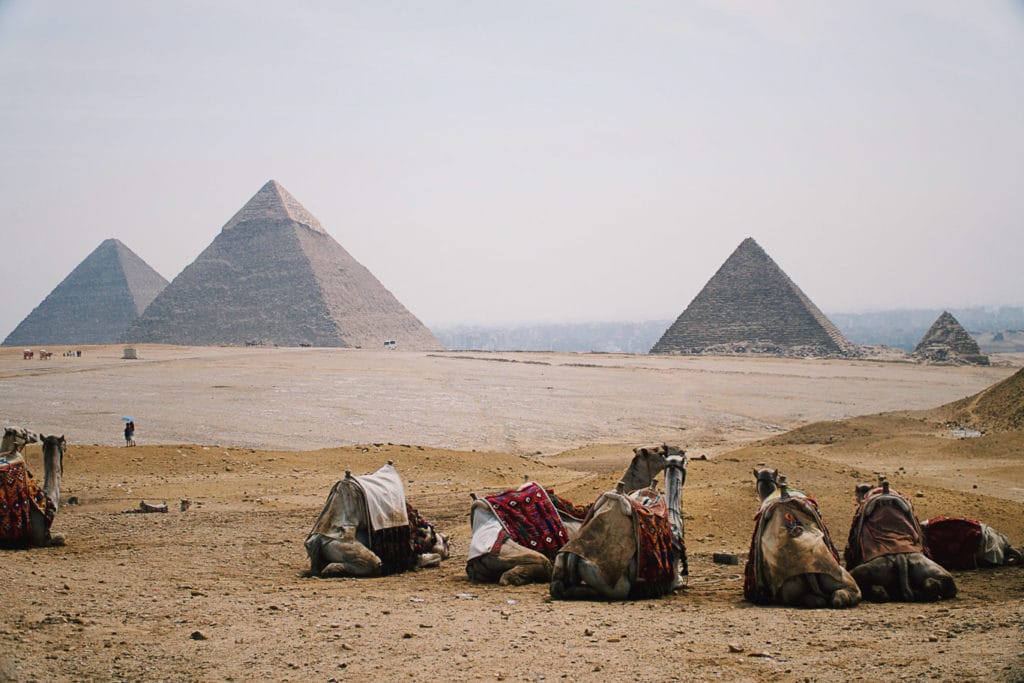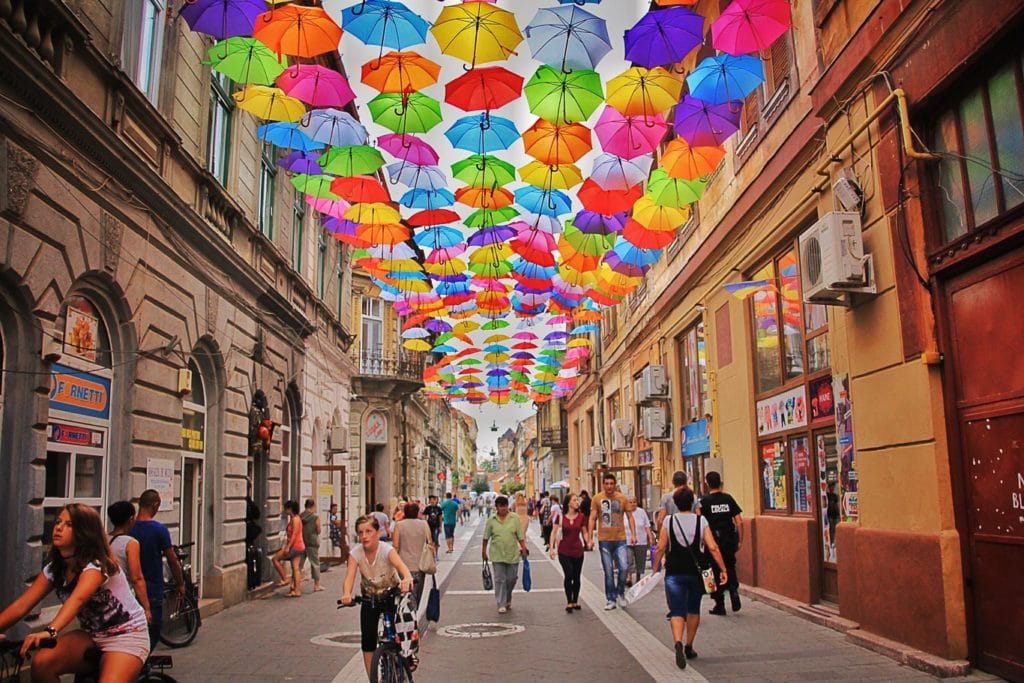The Meeting of Religions in Jerusalem
Study Religion in Jerusalem
ADD AN IMPACT!
The meeting of religions in Jerusalem isn’t entirely peaceful. The conflict between Israel and Palestine continues to rage. Consider meeting with religious leaders on your international travel to work on interreligious dialogue towards peace. You can also learn about the people impacted by the war and its impact on the environment.
The Worldwide Navigators Difference


Sojourn – Gain a better understanding of the community you’re visiting. Learn about different religions or spiritual practices. How do these impact the communities? How does religion or spirituality influence local traditions?
1 of 1

Savor – Will you choose sweet or savory? Take the time to visit local markets and discover unique local ingredients. Learn how to prepare traditional meals & local favorites.
1 of 1

Tip of the Tongue – Each morning, take the time to learn a few basic greetings and phrases in the local language. Learn how to write greetings & your name in the local script.
1 of 1

A Wrinkle in Time – History influences our present. Discover the history of the country you visit. Hear the stories of your guides & their family history. Where do they come from?
1 of 1

Journal Journeys – Take some time to reflect on the day’s events and document your journey. Spend a moment journaling about the day had & day ahead. These are memories for a lifetime!
1 of 1

Culture – From local dances, festivals, or simple gestures to communicate – all of these make up a country’s culture. Learn and practice cultural norms & how to show respect in the culture you visit.
1 of 1Itinerary
Welcome to Tel Aviv! Your journey into the meeting of three religions is just about to start. Your day will begin with a 50-minute bus ride into Jerusalem, where you’ll check in to your hotel and have some time to relax and prepare for a busy and fun week ahead.
Temple Mount or Haram is located in the Old City. Solomon’s first temple was built here, and the area is a Holy site for all three religions. Built during Herod’s rule in the 1st century, it’s located on Mount Moriah – the Jewish faith’s most sacred place. Moreover, Temple Mount is known as the location where the prophet Mohammed ascended.
It is also the location of the third most important Islamic site, the Dome of the Rock. The Dome is a perfect example of Byzantine architecture and continues to draw pilgrims. The dome is coated in 80 kg of gold, restored around 21 years ago. Due to its religious relevance, non-Muslims cannot enter the dome but can look on from the courtyard.
Your first stop of the day will be to the Church of the Holy Sepulcher. A top Calvary hill, this is the place of Christ’s crucifixion and burial. A stone’s throw away, you’ll stumble upon the Mosque of Omar which has been around since the 12th century. It takes its name from Caliph Omar who accepted the Byzantine surrender. The mosque stands as a monument to Caliph Omar’s respect towards the Holy Sepulcher across the way. As is the rule at the Dome, only Muslims may enter the mosque.
From here, you’ll visit the Damascus Gate, an ancient entrance to the city. Built during the 16th century, it faces towards Nablus and Damascus. The gate also holds relevance to the Roman-Byzantine era and the Ottoman Empire.
Al-Aqsa Mosque is the world’s second-oldest mosque following Kaaba. The mosque has been around since 705 A.D. and has been restored many times due to destruction resulting from earthquakes. The name comes from the word for “farthest,” referring to its distance from Mecca and the story of Mohammed. Admire its Islamic architecture and the ablution fountain. Remember to be respectful and take your shoes off and cover your head before entering.
Up next is a stop at the Garden of Gethsemane. Explore around 1,200 square meters. Here you’ll find the Church of All Nations, the foundation of which is the rock Jesus prayed on before His betrayal. There’s also a natural grotto and the Tomb of Mary, which is not only the site of the Mount of Olives but a Jewish cemetery.
Today starts with a stop at the Inn of the Good Samaritan, the Biblical site of a tale that still impacts Christian morality. You’ll continue your journey until you reach the Dead Sea, where you’ll be able to experience the unique phenomenon caused by the excess salt in the water, which causes people to float.
Up next is a stop at Masada. A cable car will take you to the top where you’ll see Herod’s palace and synagogue. This palace went on to be a sanctuary for the Jewish people who fled from the Romans and who eventually became martyrs by committing suicide to avoid being killed by the Romans. The final stop is the Ein Gedi oasis, where you’ll enjoy its hidden waterfalls and beautiful flora.
You’ve now entered the Jewish Quarter. The Western Wall is a place of worship and prayer, so as always, remember to be respectful. Its original purpose was to support the renovated Second Temple. Marvel at the Wailing Wall’s 30 meter height and half-kilometer length. The Wall gained significance when Jews were prohibited from reaching Temple Mount and transformed it into a symbol. Feel free to pray or leave a request within the wall’s cracks.
While at the Western Wall, a must is visiting the Wall’s tunnels. Almost 500 meters long, the tunnels link the Hasmonean period with modernity. Its impressive length runs from the Jewish to the Muslim Quarter. There’s also a small synagogue underneath the area where the Foundation Stone rests above. Finish your day with a visit to the Davidson Archeological Center. Displays range from the periods of the First and the Second Temple and hide ancient streets, baths, and stores.
Mount Zion acquired importance within the Jewish faith when Jordanians prohibited Jews from visiting Temple Mount. Initially intended to be within city walls, Turkish engineers left it out in the cold by accident along with King David’s tomb. Here you’ll visit the Room of the Last Supper, the Chamber of the Holocaust, and the Dormition Abbey.
The Tzemach Tzedek Synagogue is only a few minutes away and survived the War of Independence. Nearby you’ll also find the oldest synagogue in the Jewish Quarter, the Ramban. Originally built on Mt. Zion, it was moved when the Jewish Quarter came to be. It was the only synagogue for many years and the Ottomans ordered it shuttered during their rule, but its doors have reopened since 1967.
Today you’ll visit the City of David. The city is the archeological site of Jerusalem’s birth and receives almost half a million visitors each year. Take a trip back in time to experience what Jerusalem once was. The city dates further back than the Old City of Jerusalem.
After this visit, consider speaking with religious leaders from the three different faiths or speaking to people suffering from the ongoing battle between Israel and Palestine.
The original Sephardic place of worship had four sanctuaries and caught fire during the War of Independence. In 1967 they were finally restored. The first of these is the Yochanan Ben Zakai, a Gothic synagogue and an ancient educational institution. Visit also the Eliahu Hanavi, the oldest of the four. Originally it served as a place for legal studies and holiday prayer.
The next synagogue is the Emtsai, the smallest of all. It was once actually the women’s section of the Yochanan synagogue and stands atop the Western Wall’s tunnels. The last synagogue is the Istanbuli, the largest of all. The final stop in Jerusalem is the Via Dolorosa, where you’ll walk the Stations of the Cross.
Begin the day in Bethlehem, about two hours away from Jerusalem, and known as the birthplace and hometown of Jesus. Visit the Church of the Nativity, one of the world’s oldest churches. A unique feature of this church was that it stands atop a cave. This cave is believed to have been the birthplace of Jesus. The church has been around since Roman times, first built in 135 A.D. The area also houses a grotto.
From Bethlehem, you’ll go to Capernaum. Visit the Mount of the Beatitudes, where Jesus delivered one of his most important messages. Nearby you’ll also find the Church of Mt. of Beatitudes. Close the day off by visiting Tabgha, the place where the multiplication of the bread and fish took place. While here, visit the Church of the Multiplication as well.
Continuing a tour of Christ’s childhood, visit Nazareth, a town where he grew up. Nazareth is home to many churches – an important stop is the Basilica of the Annunciation. Next, visit the Yardenit, the place of the baptism in the River Jordan.
You’ll also get to visit Kafr Kanna, home to the story of the Canna wedding feast. While there, visit the River Tiberius and the Sea of Galilee. The final stop will be in Tabor, where the apostles witnessed Jesus’ transfiguration. Visit as well the Church of the Annunciation built where the Angel Gabriel and the Church of St. Joseph where he used to have his shop visited Mary.
After this nearly two-week trip, you’ll have visited some of the most important holy sites on Earth! After one final breakfast in Jerusalem, you’ll travel back to Tel Aviv to return home.
Jerusalem is known as the meeting place of religions and this trip brings international travel to a whole new level as you study religion. This trip will take you to the most important places for Muslim, Jewish, and Christian faiths. From the location of Mohammed’s ascension to the spot where Jesus was born, to the tomb of David – there’s little you won’t see during this trip.
Value
3-6 Day
Group Trips
- Airfare
- Transportation
- 2.5 - 3-Star Accommodations
- Daily Activities & Excursions
- 2 Meals Per Day
- Tours & Entrance Fees
- Daytime & Self-Guided Tour Director
- 1 Impact Project
Classic
7-12 Day
Group Trips
- Airfare
- Transportation
- 2.5 - 3-Star Accommodations
- Daily Activities & Excursions
- 2 Meals Per Day
- Tours & Entrance Fees
- Daytime Guided Tour Director
- Up to 2 Impact Projects
Epic
7-14 Day
Group Trips
- Airfare
- Transportation
- 3.5 - 4-Star Accommodations
- Daily Activities & Excursions
- 2 Meals Per Day
- Tours & Entrance Fees
- 24/7 Guided Tour Director
- Up to 3 Impact Projects
- Final Night Celebration Dinner
Interested in adding or modifying activities? No problem! All Worldwide Navigator itineraries can be customized to your liking!
In collaboration with our partners


